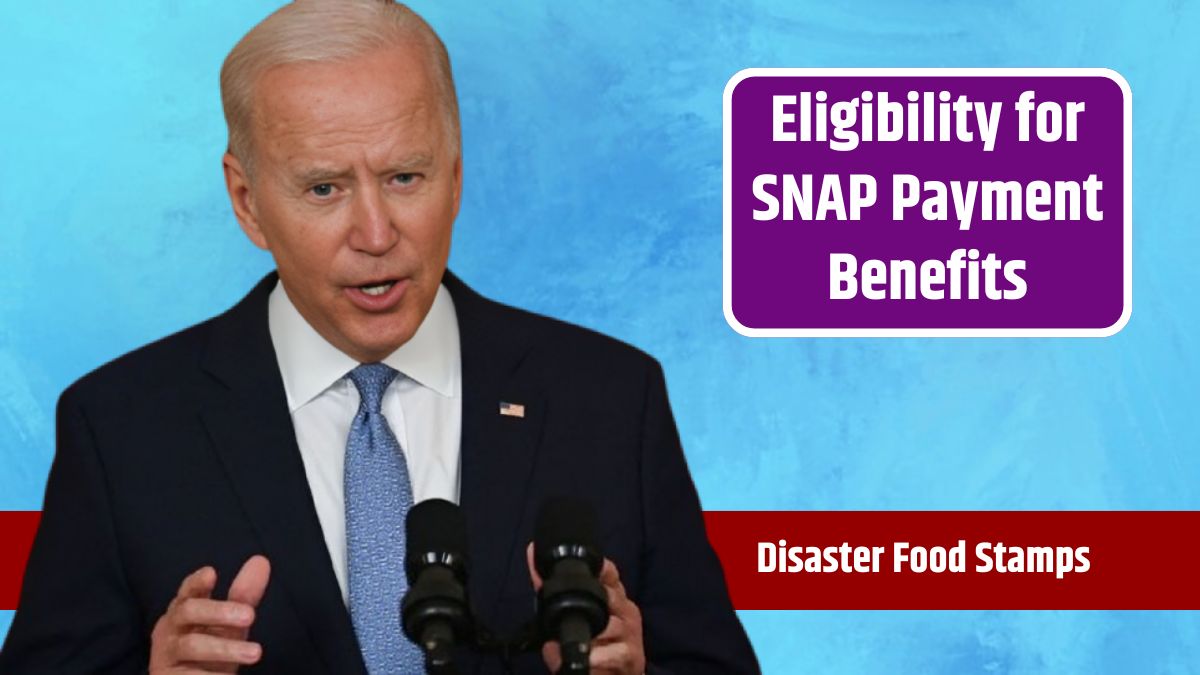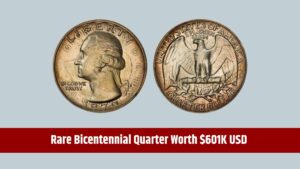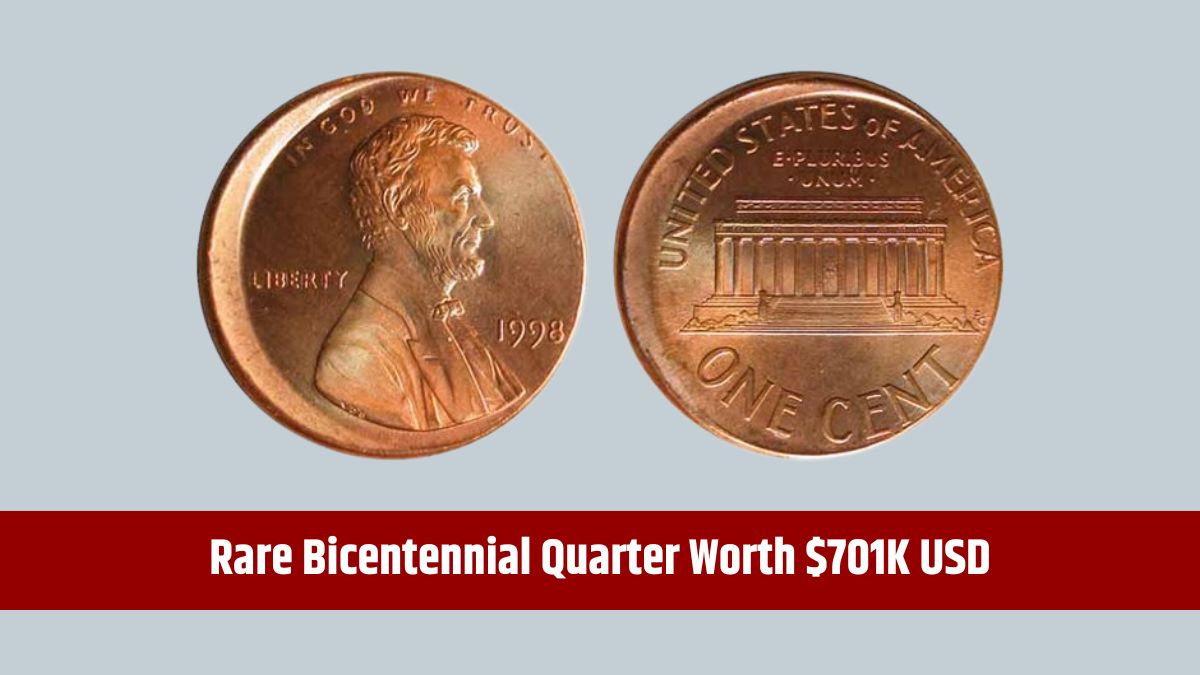Natural disasters can leave behind devastation, especially for low-income families struggling with food and essential expenses. To help those in immediate need, the Disaster Supplemental Nutrition Assistance Program (D-SNAP), also known as Disaster Food Stamps, provides temporary food aid to individuals and households affected by disasters.
D-SNAP ensures access to nutritious food for people dealing with the aftermath of a natural disaster, including those who may not normally qualify for regular SNAP benefits.
D-SNAP
The Disaster Food Stamps program offers short-term food assistance to households impacted by natural disasters. Whether a family has lost food due to power outages or incurred property damage, D-SNAP provides much-needed relief. Benefits are delivered through an Electronic Benefits Transfer (EBT) card, which recipients can use to purchase food at participating stores that accept SNAP.
However, D-SNAP can only be activated in a state after the President issues an Individual Assistance declaration for the affected area. This declaration allows the area to receive federal aid, making D-SNAP available to eligible residents, even those who are not regular SNAP recipients.
Qualifying
To qualify for D-SNAP, applicants must demonstrate that they have incurred specific expenses related to the disaster. These expenses may include:
- Home or business repairs: Costs related to fixing disaster-related damage to your home or business.
- Temporary relocation or shelter: Expenses incurred from staying in temporary housing or shelter due to evacuation.
- Evacuation costs: Transportation and gas costs for evacuating the disaster area.
- Medical bills and funerals: Costs from injuries, medical care, or funerals due to the disaster.
- Loss of income: If the disaster affected your job or income, such as through reduced hours or job loss, this is considered for eligibility.
- Food loss: If extended power outages or flooding ruined your food supply, this also qualifies as a disaster-related expense.
Regular SNAP recipients who suffer disaster-related losses can apply for supplemental benefits through D-SNAP, ensuring they receive the maximum benefit based on their household size. This additional support helps bridge the gap between D-SNAP and traditional SNAP benefits.
Differs
Though D-SNAP and SNAP both provide food aid, they differ in funding and duration:
Funding:
- SNAP: Funded by the U.S. Department of Agriculture (USDA), SNAP is an ongoing federal program that offers monthly food assistance to low-income households.
- D-SNAP: Funded through federal disaster relief efforts, D-SNAP provides temporary assistance to areas declared disaster zones. The state must obtain USDA approval to run D-SNAP in the region.
Duration:
- SNAP: Traditional SNAP benefits are provided monthly for as long as the household remains eligible.
- D-SNAP: D-SNAP benefits are generally offered as a one-time allotment, typically covering a one-month period to support recovery. The benefit amount is equal to the maximum SNAP benefit for the household size.
Application Process
To apply for D-SNAP, documentation of disaster-related expenses is usually required. The application process may vary by state, but generally, applicants need:
- Proof of residence in the affected disaster zone
- Evidence of disaster-related expenses (such as repair bills, relocation receipts, etc.)
- Documentation of lost income, if applicable
Many states require in-person applications at disaster recovery centers, which are set up in accessible areas within the disaster zone. Some states may also offer phone or online applications for added convenience.
Benefits
D-SNAP benefits are typically non-transferable and must be used within a specified time frame. The EBT card issued through D-SNAP works similarly to a regular SNAP card, allowing recipients to purchase groceries at major grocery stores, local markets, and, in some cases, farmers’ markets that accept SNAP.
While D-SNAP is a temporary relief program designed to assist during the recovery period, it is possible for the program to be extended if the effects of the disaster are long-lasting. This decision is made based on the severity of the disaster and the time it takes for the affected community to recover.
Once the D-SNAP benefits expire, individuals and families requiring longer-term food assistance can apply for regular SNAP benefits, which provide ongoing monthly support for low-income households.
Final Thoughts
The Disaster Food Stamps (D-SNAP) program offers essential support to individuals and families recovering from natural disasters. By providing temporary food assistance, D-SNAP helps ease the burden of food loss, repair costs, and other disaster-related expenses. Knowing how to apply and qualify for D-SNAP can make a big difference in ensuring your household receives the aid it needs during such challenging times.
If you’ve been affected by a disaster and need food assistance, be sure to check if your area has been declared a disaster zone and gather any documentation needed to apply for D-SNAP. For further assistance, reach out to your state’s SNAP office or visit disaster recovery centers in your area.
FAQs
What is D-SNAP, and who qualifies for it?
D-SNAP provides temporary food assistance to households affected by natural disasters.
How is D-SNAP different from regular SNAP?
D-SNAP is short-term, disaster-specific aid, while SNAP is ongoing monthly assistance.
What expenses qualify for D-SNAP?
Qualifying expenses include home repairs, relocation, evacuation costs, and food loss.
How long do D-SNAP benefits last?
D-SNAP benefits are typically issued for one month but may be extended if needed.
Can I apply for both SNAP and D-SNAP?
Yes, you can apply for supplemental D-SNAP benefits if you are already receiving regular SNAP.






